Polymer guns have taken over a lot of the market, but not everyone has jumped on board. There’s still a pretty loyal crowd that leans hard toward old-school steel frames. It’s not just about nostalgia, either. There are real, everyday reasons why some shooters stick with steel. Let’s break down why steel guns haven’t gone anywhere — and probably never will.
1. Heavier Weight Soaks Up Recoil
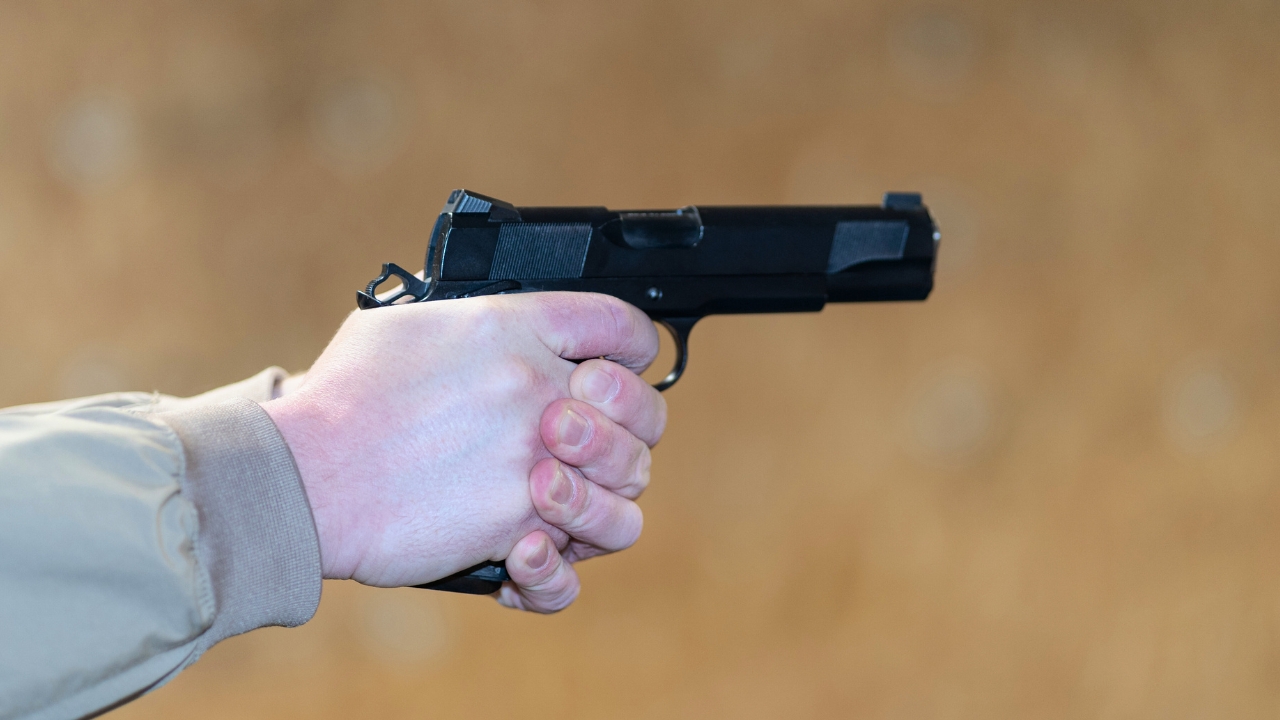
Steel guns tend to be heavier, and for some folks, that’s a good thing. That extra weight helps absorb recoil, making follow-up shots feel quicker and more controlled. Especially when shooting snappier calibers, that added heft can make a big difference in how comfortable the gun feels.
Instead of feeling like the gun is jumping out of your hands, a steel frame keeps everything steadier. Sure, polymer is lighter, but lighter isn’t always better when it comes to managing kick.
2. That Solid, Satisfying Feel
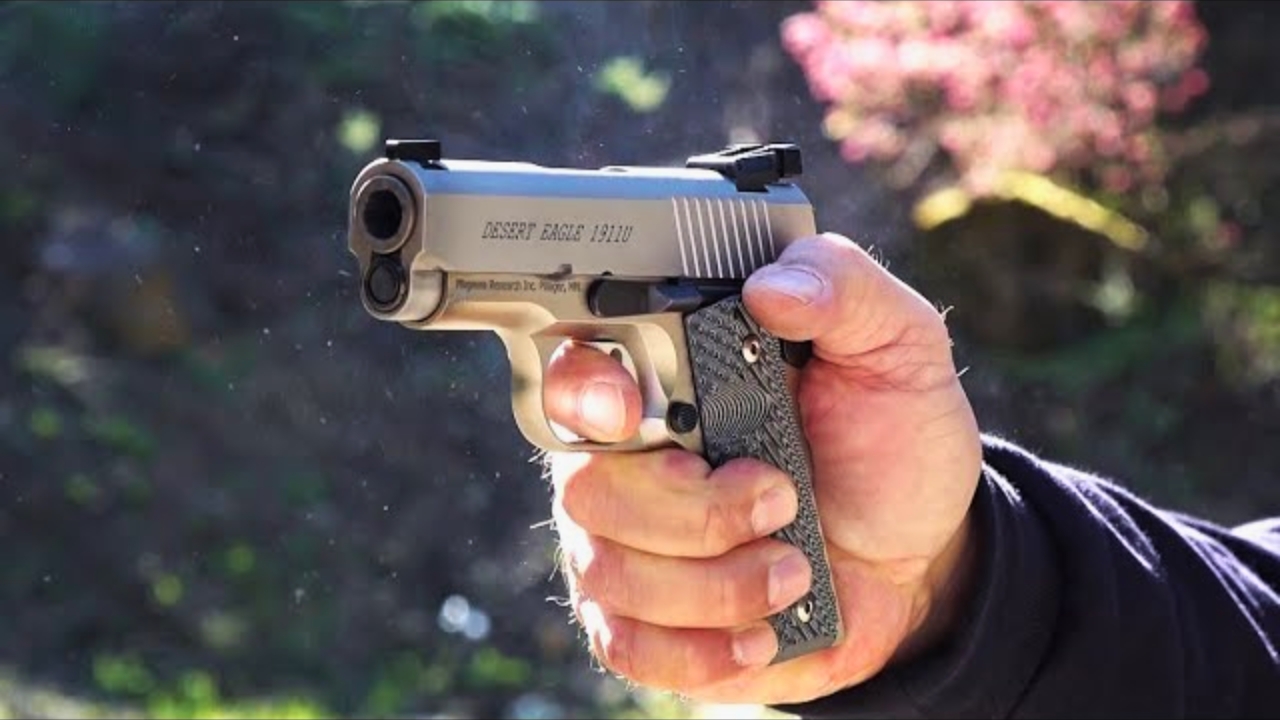
There’s just something about picking up a steel-framed gun that feels different. It has a density and balance that you don’t really get with polymer. For a lot of shooters, that feeling matters as much as performance does.
It’s not just “weight” — it’s the way the whole gun carries in your hand. Some people just feel more confident and connected when they’re holding a solid chunk of steel.
3. Classic Designs Still Hit Different
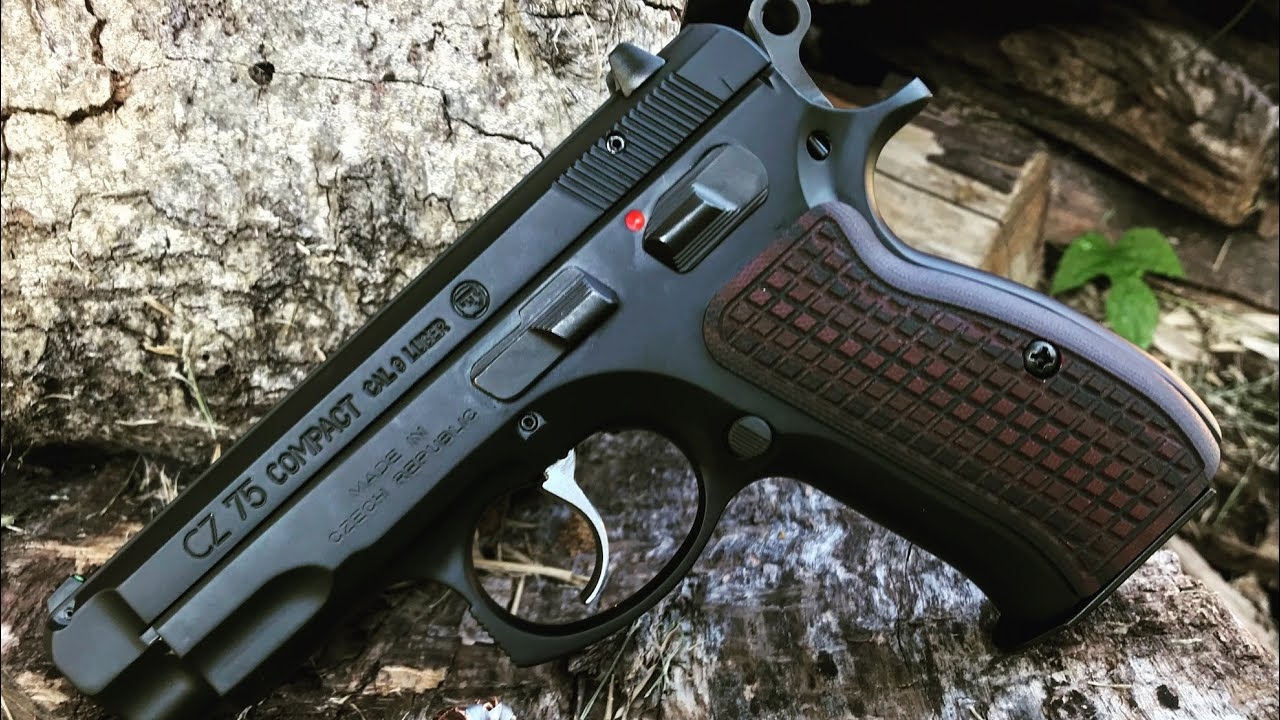
Many of the most loved designs — like the 1911, Hi-Power, and CZ 75 — were all steel first. Even with modern updates, people keep coming back to these classics because they just work and feel right.
There’s also a connection to history with steel guns. You’re carrying something that’s been trusted for generations, not just something whipped up in a mold last year.
4. Durability Over Decades
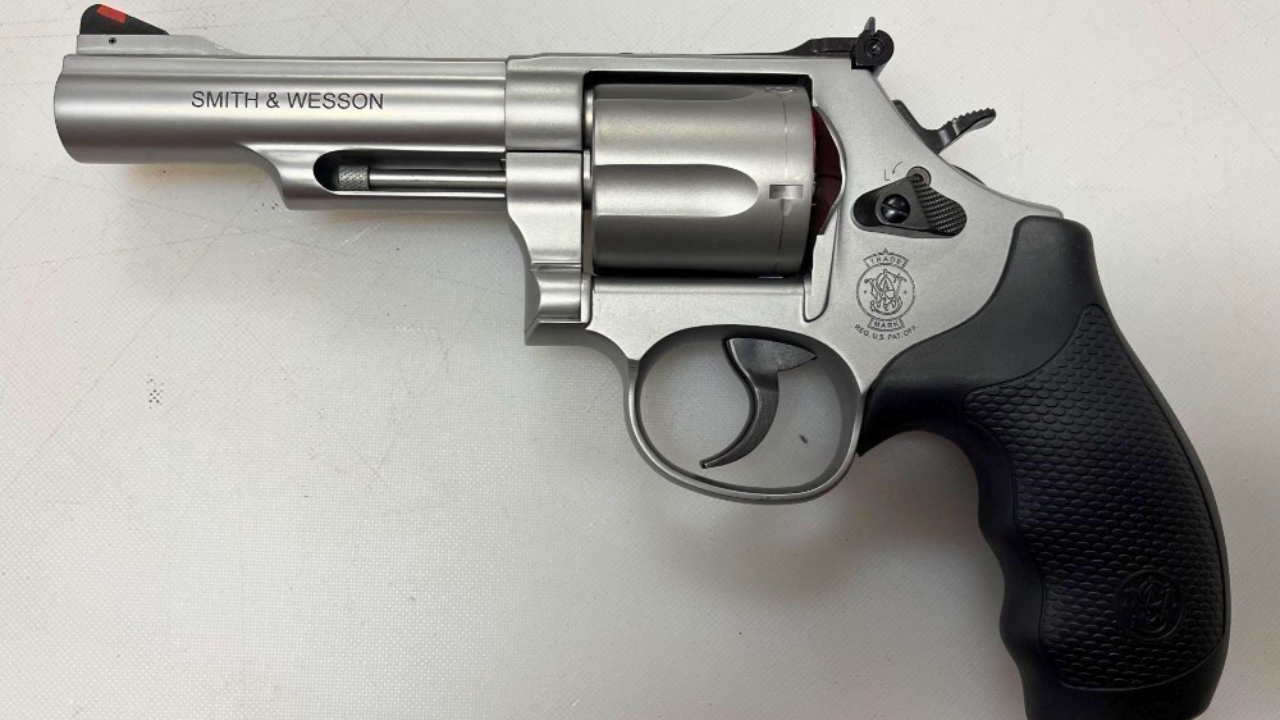
Polymer frames have gotten tougher over the years, but steel has already proven itself over decades of hard use. Guns like old Colt 1911s and S&W revolvers are still going strong after a hundred years.
Steel isn’t just about surviving use — it’s about surviving abuse. Dings, scratches, and wear don’t bother it much. In a way, they even add a little character.
5. Easier to Tinker With
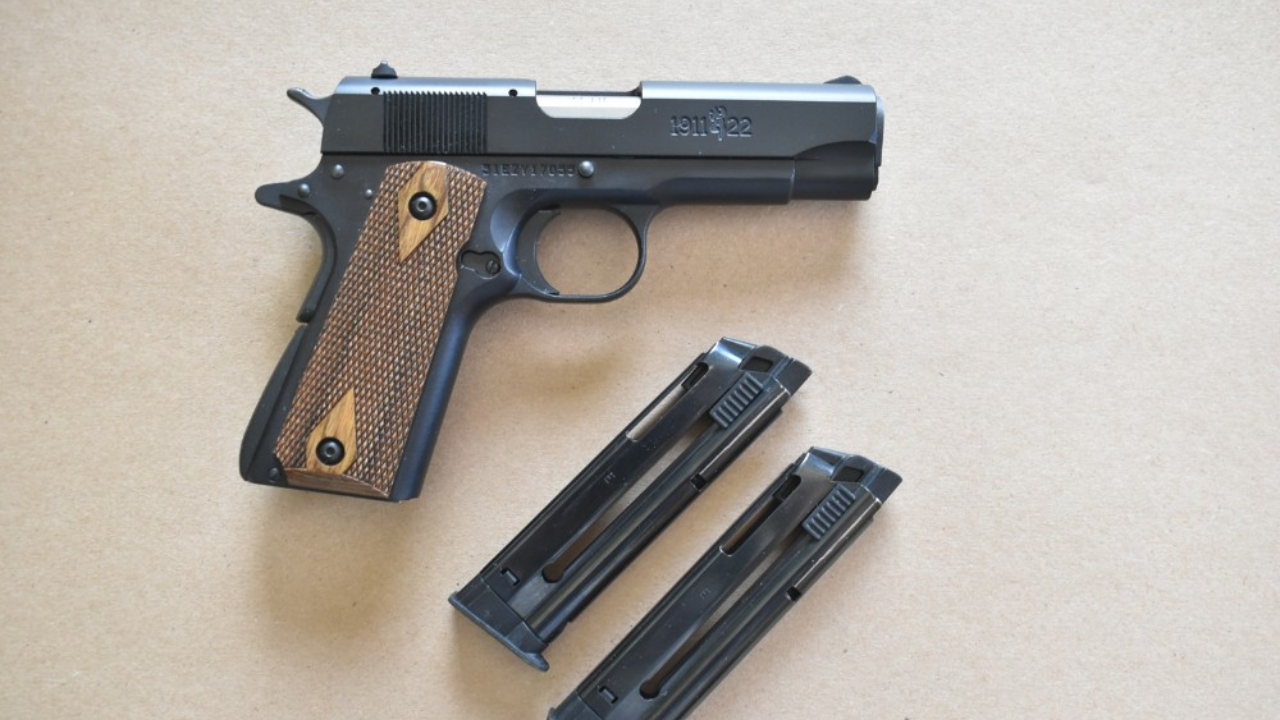
A lot of steel guns are easier to customize or repair without fancy tools. You can replace a trigger or polish parts with basic stuff you might already have in your garage.
Polymer guns can be more complicated to work on, especially with frames that aren’t easily modified without major surgery. For the DIY crowd, steel just makes more sense.
6. They Age Better
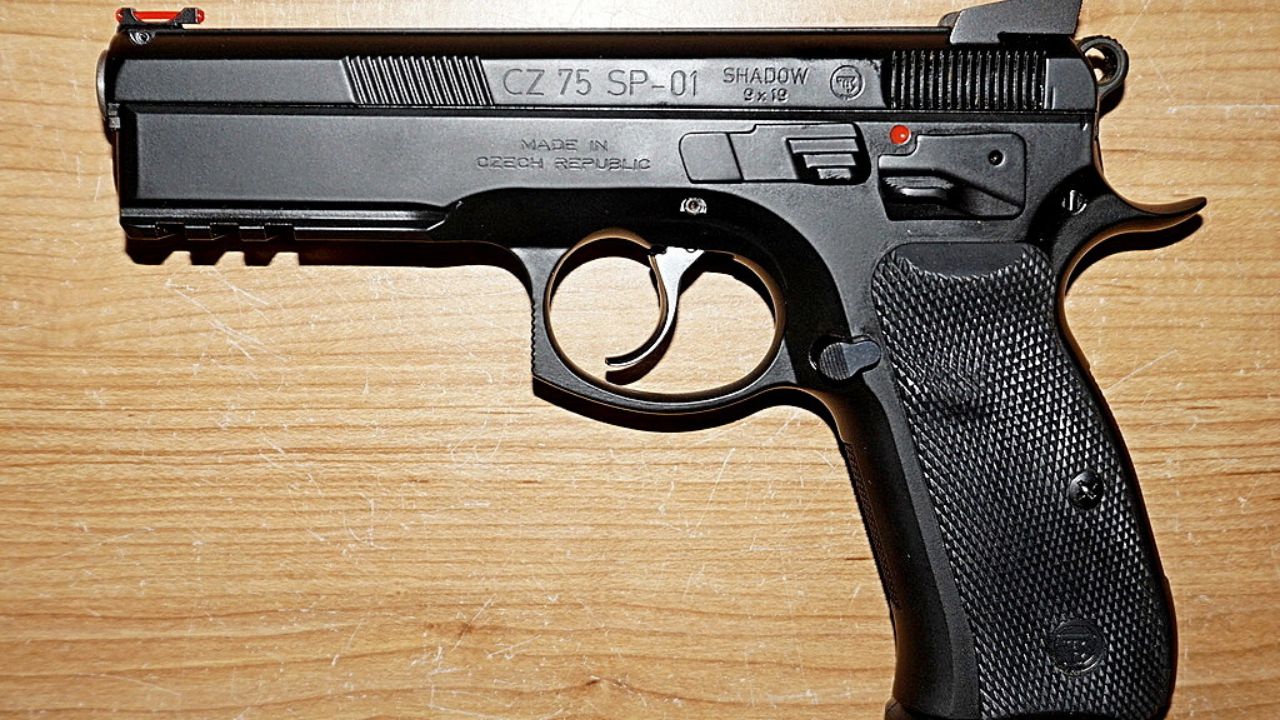
Steel guns tend to wear in, not wear out. A little holster wear, some bluing loss — it all adds to the look without hurting function. Polymer frames, on the other hand, can start looking pretty rough once they get scuffed or scratched.
Some folks like the idea that a gun can tell a story as it ages. Steel frames carry those stories a lot better than polymer ones do.
7. Slide-to-Frame Fit Feels Different

When you rack the slide on a well-made steel gun, it feels smoother — almost like it’s gliding. That tight steel-on-steel fit just isn’t the same with polymer-framed guns, no matter how good they are.
It might sound small, but little things like this add up. A good slide feel can make you more confident in the gun when every shot counts.
8. Better Heat Management
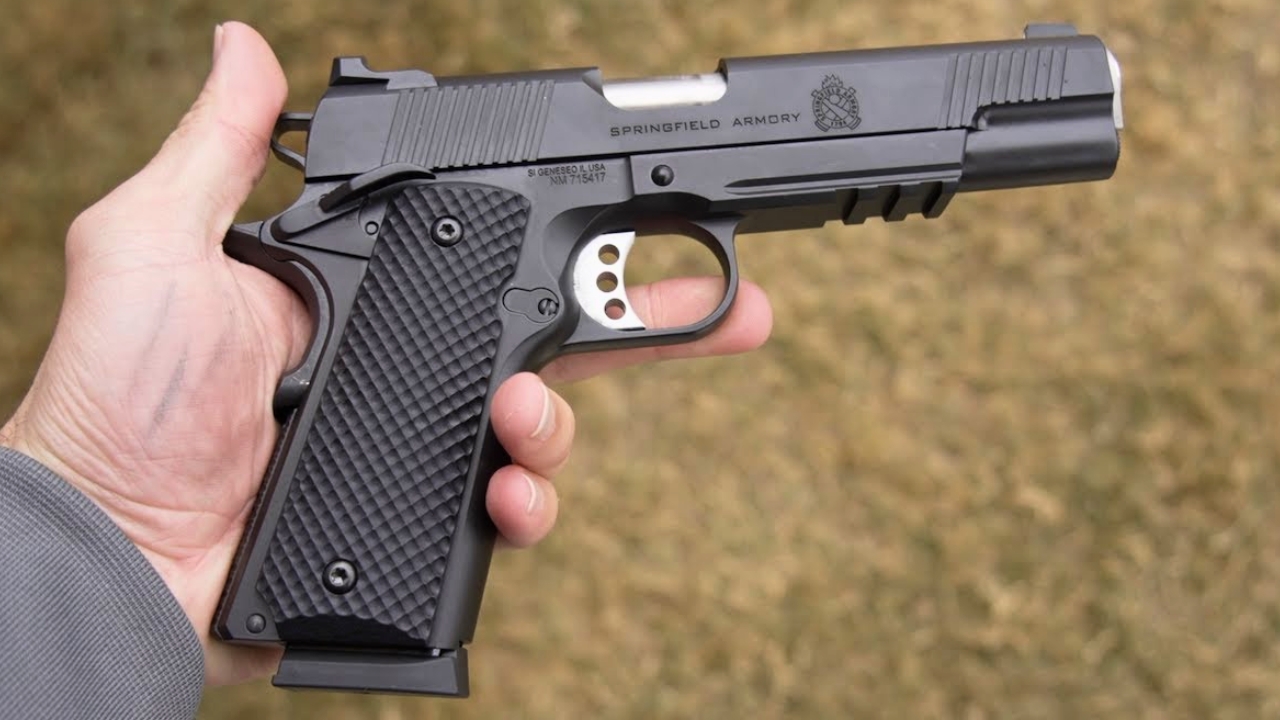
Steel handles heat a lot better than polymer. If you’re running a lot of rounds through a gun during a long range day or a competition, a steel frame helps keep everything stable.
Polymer can get soft or even warp under extreme conditions. Steel stays solid, even when things heat up, which makes it more trustworthy for serious work.
9. Preferred for Higher Pressure Rounds
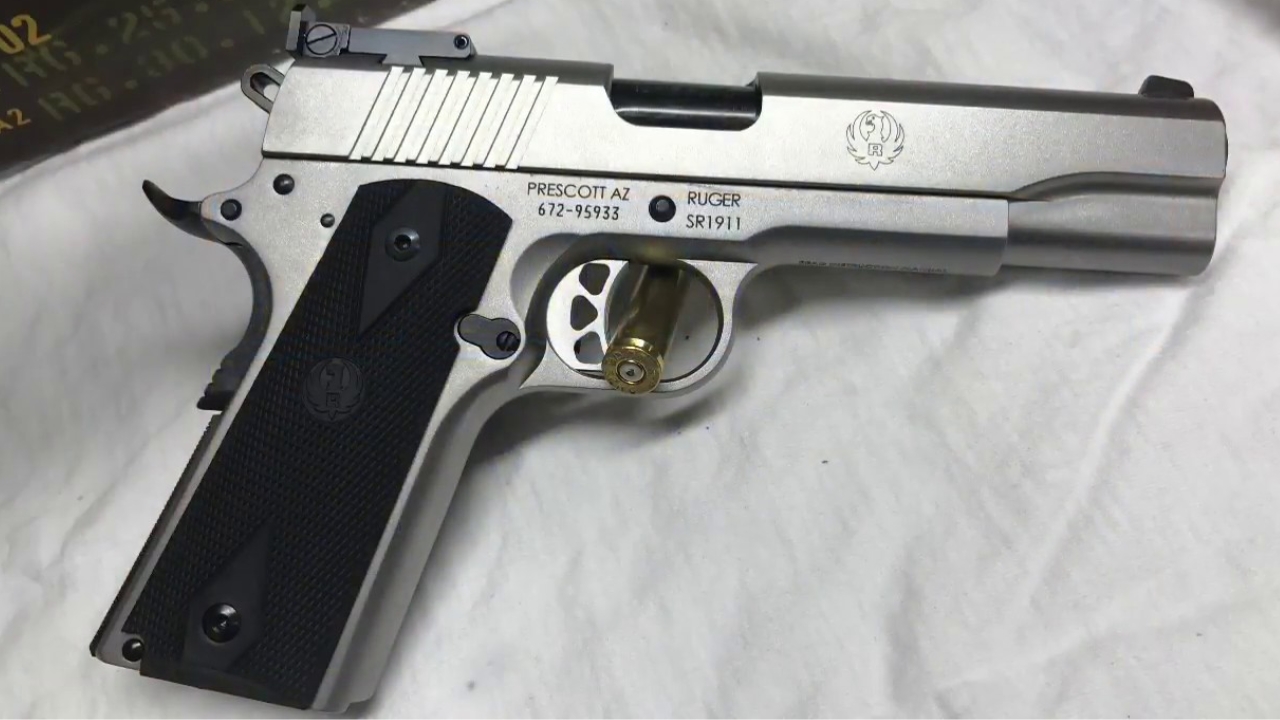
When you start stepping into hotter loads — think 10mm, .357 SIG, or .45 Super — many shooters prefer a steel frame. It gives a stronger platform that feels more stable and reassuring with every shot.
While polymer guns can definitely handle serious rounds these days, there’s still a big crowd that trusts steel for the bigger stuff.
10. Tradition Still Means Something
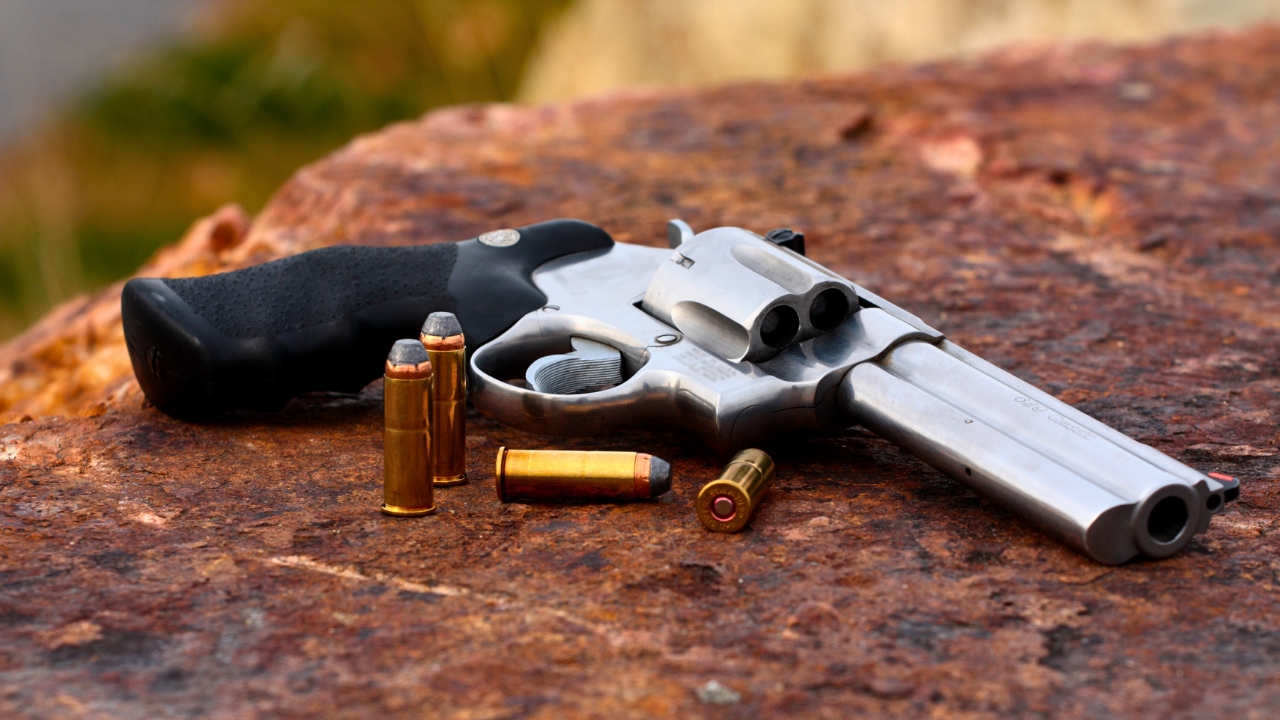
At the end of the day, a lot of folks still prefer steel because it ties them to a different era. An era where craftsmanship meant metal, not molded plastic. Where things were built a little heavier because they were built to last.
There’s nothing wrong with choosing modern materials. But for some people, steel isn’t about being old-fashioned — it’s about trusting something that’s already stood the test of time.
*This article was developed with AI-powered tools and has been carefully reviewed by our editors.






